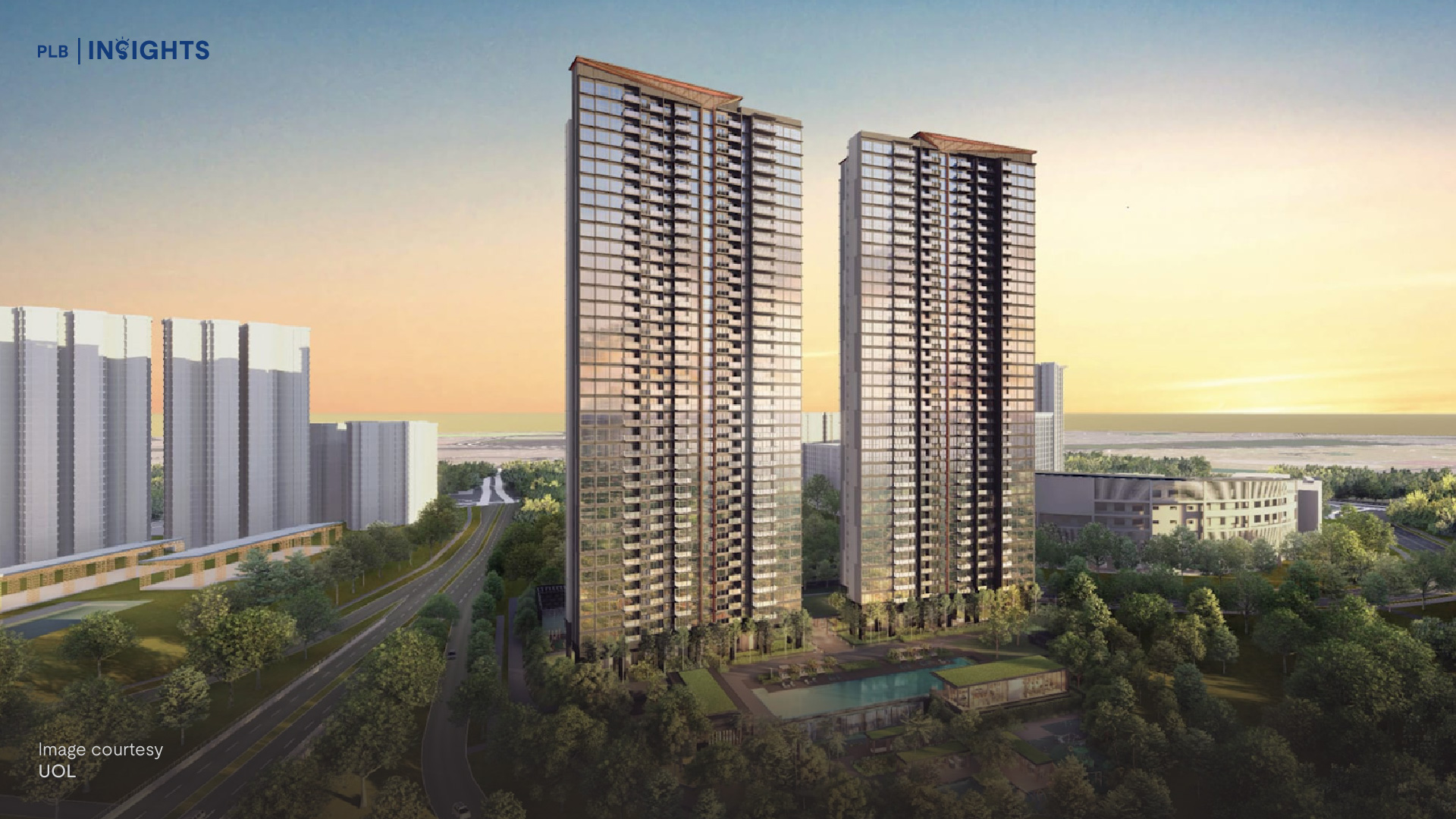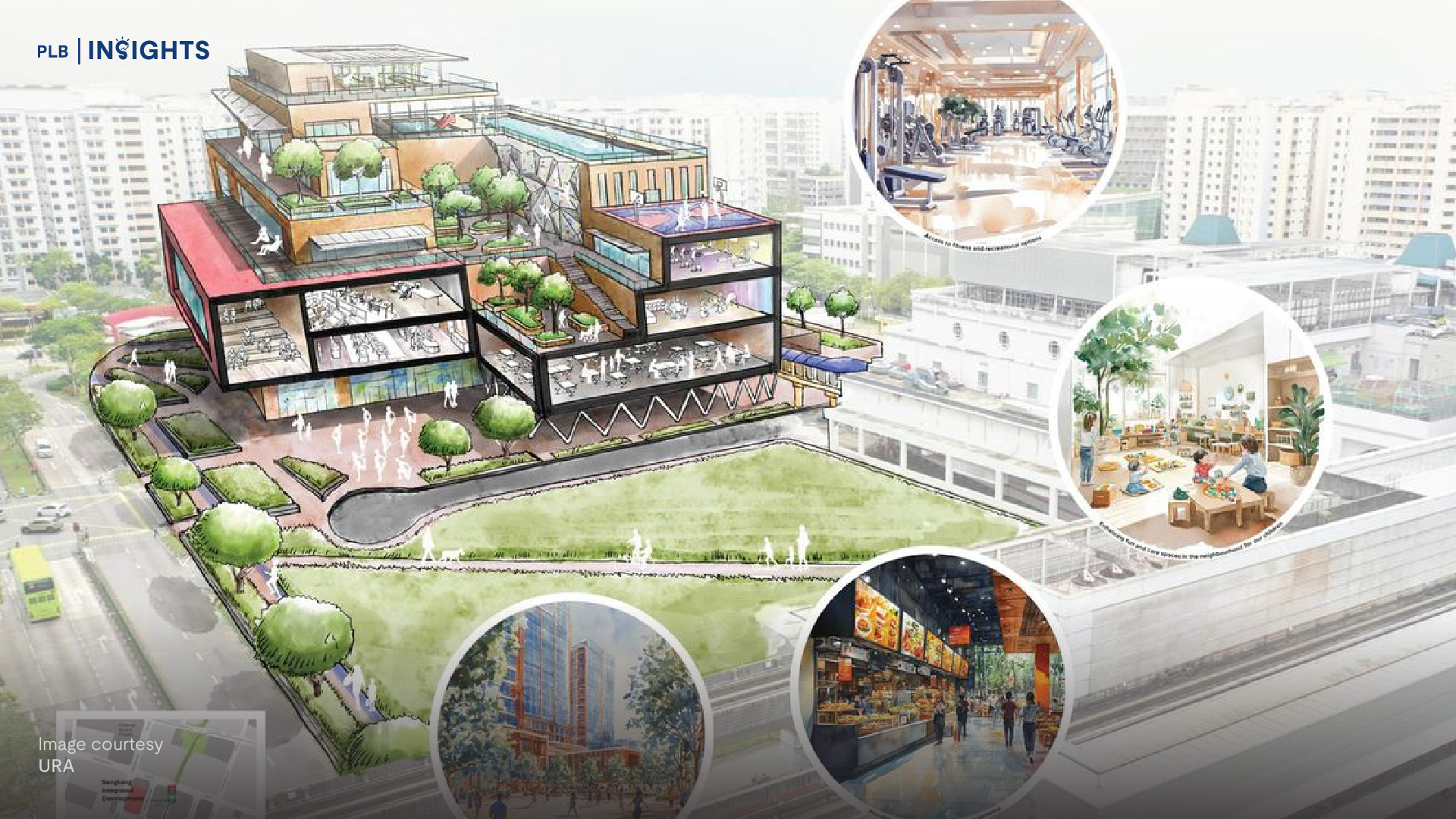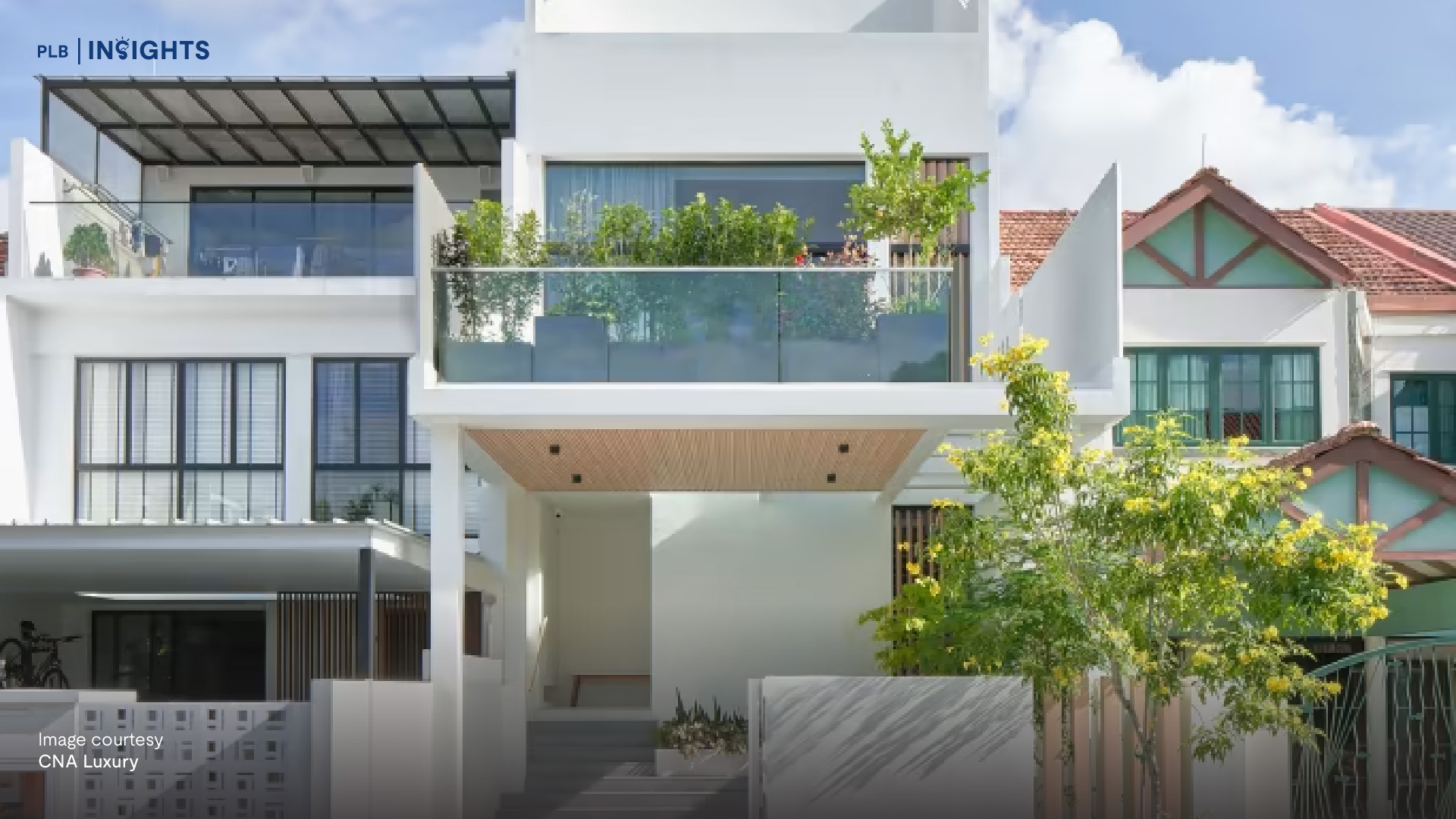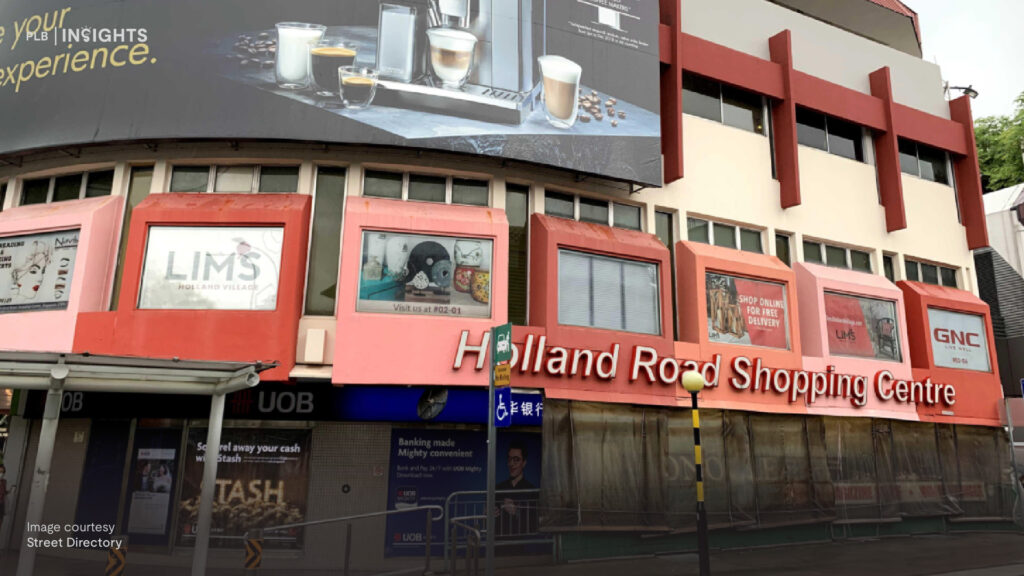
In the shadow of modern lifestyle malls and mixed-use precincts, a quieter transformation is unfolding in Singapore’s older retail landscape. Malls like Holland Road Shopping Centre—built in the early 1970s—are showing signs of age, not just physically, but economically and culturally. Once the heartbeat of their neighbourhoods, many such strata-titled malls now struggle with declining footfall, stagnant tenant mixes, and an identity crisis.
Yet, not all is lost. Even as legacy assets fade into the background, commercial investors are increasingly drawn to select retail opportunities—ones that meet the evolving needs of today’s consumers and align with Singapore’s long-term urban development. In 2025, retail real estate in Singapore may be in flux, but it’s far from dead.
The Slow Fade of Legacy Retail Hubs
Holland Road Shopping Centre is a case study in inertia. Despite being well-located and near an MRT station, its corridors are quiet, its tenants dwindling. Once sustained by a strong expatriate community, the mall’s foot traffic has thinned due to shifts in demographics and the decentralisation of international schools. Long-time tenants report sales drops of 30–50%, while rents continue rising by 10% or more each renewal cycle.
Other similarly aged malls share its fate:
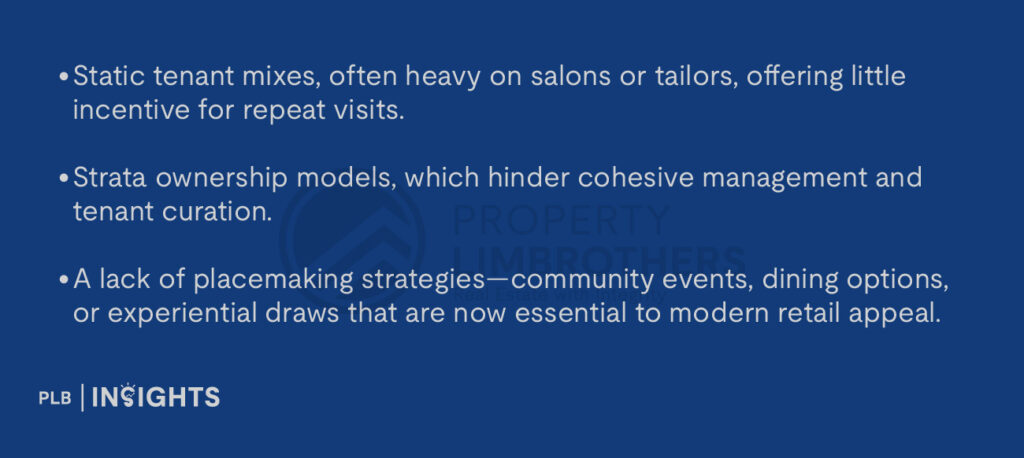
This isn’t unique to Singapore. Across the region, mid-tier malls that failed to evolve are facing irrelevance. What’s changing, however, is how investors view these assets—not as liabilities, but as untapped opportunities if repositioned correctly.
Why Retail Real Estate Still Holds Promise
Contrary to the death knells surrounding physical retail, 2025 has shown pockets of optimism—especially among savvy commercial investors. The profile of today’s investor is no longer driven by sentiment but by:

Here’s why retail still earns a place in future-proof portfolios:
Demand for Hybrid Experiences
Consumers may shop online for convenience, but physical spaces still matter—for dining, services, socialising, and experiential retail. In fact, Singapore’s suburban malls with integrated F&B, enrichment centres, and wellness services continue to perform well. Anchor tenants like supermarkets and tuition centres generate consistent traffic—an edge that purely e-commerce players lack.
Strategic Locations Still Command Value
Retail units in proximity to transportation hubs, large residential catchments, healthcare clusters, and schools offer long-term relevance. These fundamentals haven’t changed. What has changed is the need for flexible configurations, visibility, and accessible rents to attract meaningful tenants.
Freehold Scarcity and Capital Preservation
In a market dominated by 99-year leaseholds, freehold commercial units—especially those under $3 million—are increasingly seen as landbanking opportunities. Their appeal lies in long-term asset security, potential for en bloc value, and low replacement risk due to tightening urban zoning.
Adaptability for Diverse Uses
Modern commercial spaces are no longer single-purpose. Investors look for retail units that can serve multiple roles—F&B, clinics, wellness, enrichment, or co-retail concepts. Spaces that offer water points, dual entrances, or mezzanine levels open the door to flexibility, sub-leasing, and increased yield.
Signs of Retail Rejuvenation in 2025
Even among legacy malls, green shoots are emerging. At Holland Road Shopping Centre, the entry of niche operators like Frankie and Fern’s café—operating on a renovated 2,500 sqft space—demonstrates how thoughtful branding, experiential design, and tenant differentiation can still draw daily footfall. Upcoming tenants like conveyor-belt sushi chain Sushiro signal that operators are willing to bet on older malls—if rents are right and the target market exists.
Meanwhile, newer retail assets in city-fringe or suburban locations are attracting a different breed of investor. These players are not just buying space—they’re buying into placemaking potential. Whether through curated tenant mixes, pet-friendly policies, or F&B-forward strategies, these investors are reshaping retail to serve modern lifestyles.
The Macro Picture: Challenges Still Linger
Of course, retail isn’t without its headwinds:
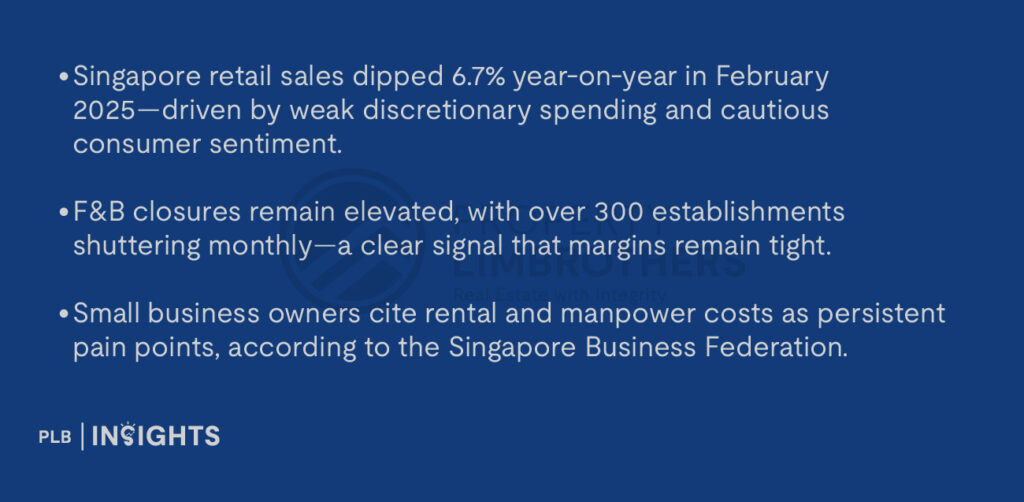
But analysts and policymakers also highlight that many closures are part of a broader consolidation, not a collapse. Poorly located or inflexible formats are giving way to better-managed, more adaptive commercial nodes.

How Struggling Malls Can Reinvent Themselves
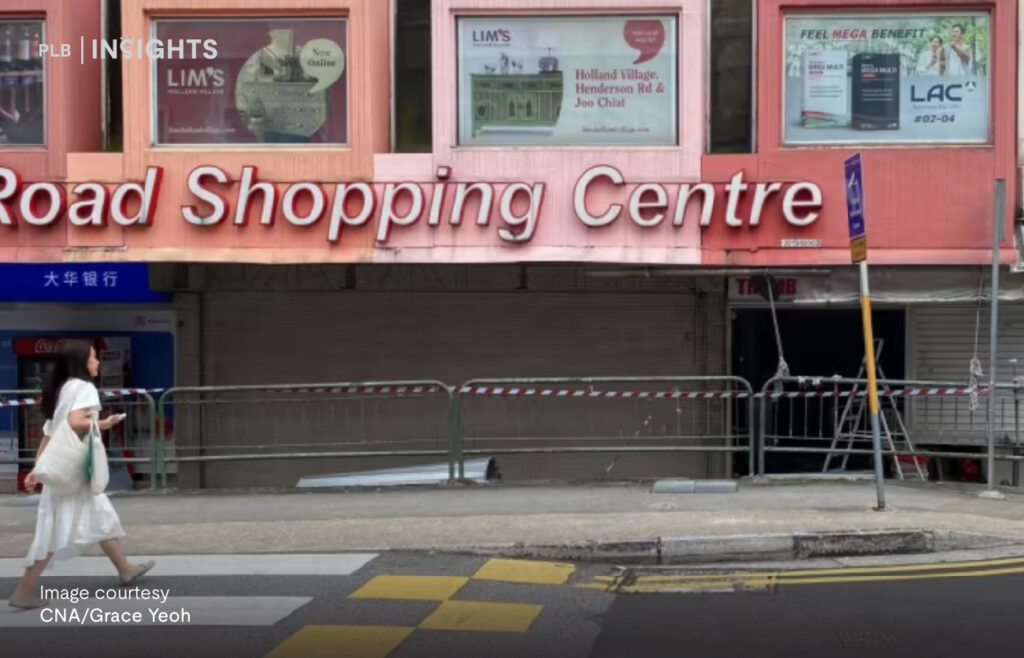
So what separates a dying mall from one poised for a comeback?
Placemaking Over Passive Leasing: Malls need to move beyond transactional retail. Hosting community workshops, markets, or fitness pop-ups helps build relevance.
Tenant Synergy: Enrichment centres, F&B, health services, and daily-need stores create purposeful visitation and reinforce each other.
Curated Aesthetics: Tired facades, poor lighting, and maze-like corridors are deterrents. Cosmetic upgrades go a long way in shaping perception.
Flexible Leasing: Offering short-term leases for concept stores or co-retail setups can revitalise interest while keeping the space dynamic.
Looking Ahead: Where the Opportunities Lie
In 2025, investors are asking smarter questions:
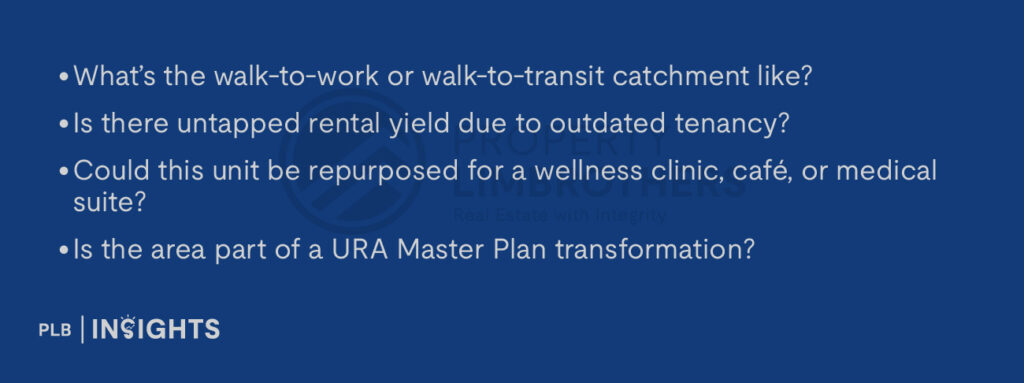
Rather than chasing traditional anchor malls, the opportunity lies in neighbourhood nodes, fringe city locations, and legacy strata malls that can be repositioned with vision and capital.
Conclusion: Retail’s Not Dying—It’s Splitting
Singapore’s retail real estate market in 2025 is no longer about uniform success or failure. It’s a tale of two cities: those who adapt, and those who fade. While ageing malls like Holland Road Shopping Centre face stiff challenges, the resilience and reinvention seen in both new and legacy assets suggest a future that still holds promise—for those who are strategic.
Commercial real estate is not a passive play. But for investors willing to look beyond aesthetics, understand urban dynamics, and invest in tenant experience, retail remains one of the most compelling—and underappreciated—opportunities in Singapore’s evolving property landscape.
If you’re exploring retail spaces with long-term potential or looking to reposition a legacy asset, speak to our sales consultants to learn how commercial real estate can still deliver value in today’s market.

